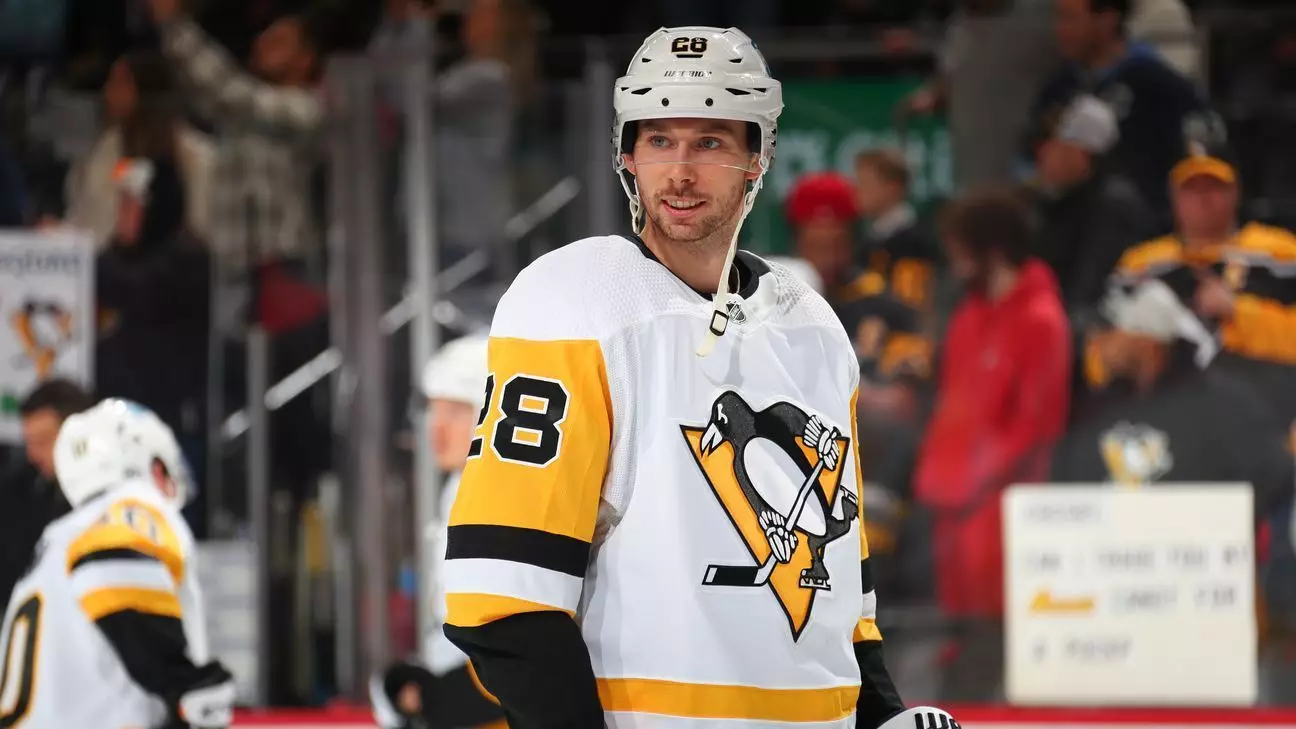The Vancouver Canucks are in the midst of a rejuvenation phase, and their latest trades reflect a strategic approach aimed at bolstering their roster for the future. The organization has demonstrated a commitment to reshaping its team dynamics, as evidenced by their recent acquisition of defenseman Marcus Pettersson and forward Drew O’Connor from the Pittsburgh Penguins. This move was part of a larger transaction package that involved sending a first-round pick obtained from trading J.T. Miller to the New York Rangers. As the Canucks navigate these changes, the implications of their decisions will resonate throughout the upcoming seasons.
In this complex trade, the Penguins received a substantial package from the Canucks. This included not only the first-round pick, valued for its potential, but also forward Danton Heinen, defenseman Vincent Desharnais, and the intriguing rights to forward Melvin Fernstrom. The first-round pick is conditional: if the Rangers conclude the upcoming season among the top 13 selections, the Canucks will instead provide an unprotected 2026 first-round pick. Such terms indicate a strategic awareness on both sides regarding the fluctuating value of draft picks in a competitive league.
Marcus Pettersson, the centerpiece of this trade for Vancouver, comes with a solid track record as a seasoned two-way defenseman. At 28 years old, he has accumulated 18 points in 47 games this season, averaging an impressive 22:03 of ice time. His skills on the ice, especially in defensive situations, are complemented by his size and reach, which make him an asset in one-on-one matchups. For a team like the Canucks, who have struggled defensively in recent seasons, putting Pettersson on the roster can be seen as a bid to rectify previous shortcomings in their blue line.
Drew O’Connor, on the other hand, brings a different skill set to the forefront. Although he has faced challenges breaking into the upper echelons of the Penguins’ forward lineup, O’Connor’s tenacity and versatility as a player who can operate on both wings make him a valuable addition to the Canucks’ depth chart. With a contract unlikely to heavily burden the salary cap, his presence will be critical as Vancouver aims to develop newer talents while maintaining a competitive edge.
While the acquisitions have garnered attention, it is equally important to consider the players moving out of Vancouver. Danton Heinen and Vincent Desharnais, although not marquee names, have exhibited promise and skill during their tenure with the Canucks. Heinen, in particular, contributed 18 points this season, but his inconsistency in scoring placed him on the trading block. Desharnais, a towering figure at 6 feet 7 inches, provided defensive options and penalty-killing capabilities. However, the organization’s decision to offload these assets suggests a clear direction towards rebuilding and retooling the team, focusing on long-term gains rather than short-term fixes.
The loss of these players is bittersweet for Vancouver but signals a readiness for transformation. General Manager Patrik Allvin’s public sentiments towards Heinen and Desharnais emphasize gratitude for their contributions while also hinting at a fresh strategy moving forward. In a league as competitive as the NHL, maintaining flexibility and a forward-thinking perspective are essential components for any team’s success.
The recent trades suggest that the Canucks are not merely reacting to the current season but are instead laying a foundation for considerable growth. With the Rangers’ conditional 2025 draft pick potentially shifting to an unprotected 2026 selection, the Canucks might navigate the waters of an anticipated deeper draft pool. This foresight illustrates a calculated gamble that could pay dividends in the years to come.
As for Pettersson and O’Connor, their contracts are set to expire after the season, raising the question of whether the Canucks will pursue extensions or allow them to test free agency. The coming months will undoubtedly shape the franchise’s future, determining whether these transactions yield fruitful results or necessitate further adjustments down the line.
The Canucks’ recent roster moves epitomize the organization’s proactive approach to building a competitive team. While only time will reveal the full impact of these trades, the intent and strategy behind them are clear: Vancouver is determined to forge a path towards playoff contention with a blend of experience and youthful potential.


Leave a Reply